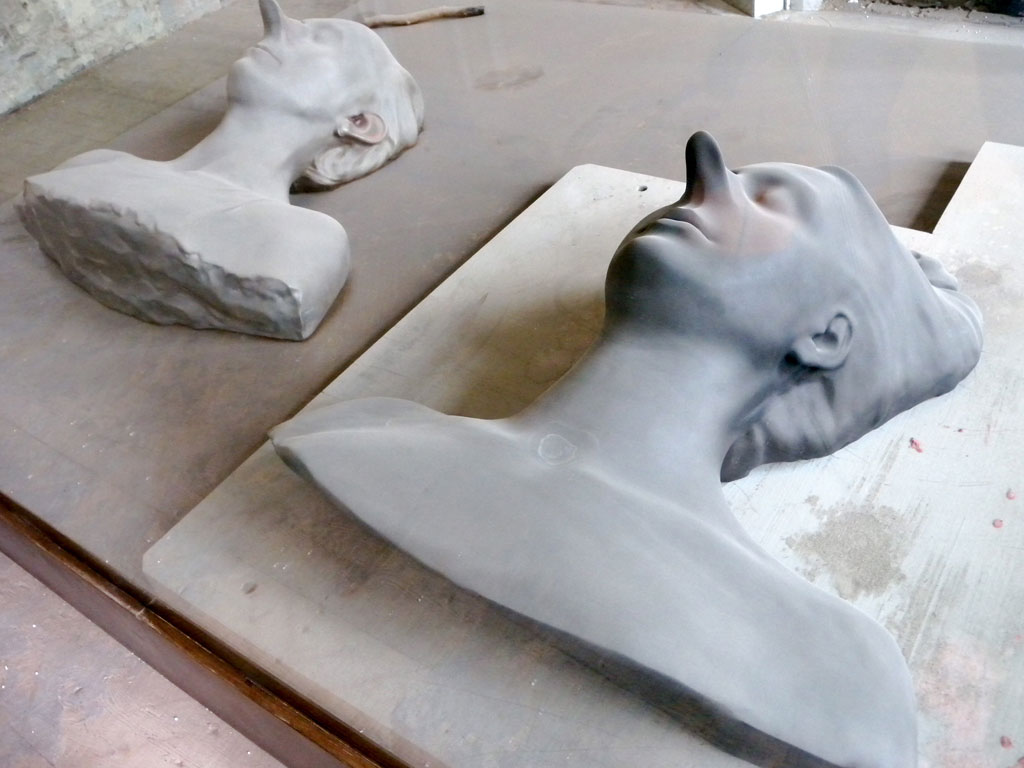* Image from asterixofficiel.tumblr.com
There’s only thing I hate more than dogs: the arrogance of dog owners.
Personally I find no delight in close proximity to their rancid, flea-bitten pooches, let alone do I feel compelled to run my hands over the moth-eaten fur.
Yet dog lovers persist in not only believing the universe revolves around their pets, but also that we all want to share in their puppy love.
Dogs are, of course, smart to my antipathy towards our four-legged friends.
Indeed, just walking down the street sometimes means running the gauntlet of the local community. Faithful family pets happily trot over to pant a cheery greeting to most people passing by.
When I, however, saunter past, the little chap inevitably hurls himself at the picket fence in a fit of spittled rage normally reserved for their favourite postman.
That’s the doggy six sense for you. With me it’s personal.
Dog lovers
In Britain we have a reputation for being supremely soppy about our dogs. Compared to our doggy-doting Euro cousins, however, I think we are positively rational.
The Germans, for example, will breeze past a cute baby in a pram without comment but, walk down the street with a mutt on a string, and they’ll be falling over themselves to complement the owner.
There are a reported 55m pet dogs in the United States and, according to a study conducted by the American Animal Association, 53 per cent of pet owners now take their vacation with their animals. This trend has spawned a slew of doggy travel sites.
But having spent time on the Mediterranean island of Corsica, I’ve now come to conclusion that it is the French who take their canine devotion to most irrational extremes.
Now don’t get me wrong. I find much to admire in French culture from the restaurants of Lyon to the beaches of Provence. Indeed I’m a French-speaking regular visitor to the land of appellation controlée wines and superlative patisserie.
But I have a problem bigger than President Chirac’s grocery bill with a nation that takes its dogs everywhere with them.
What I found most intolerable about this particular trip was the way that Corsicans insist on taking their dogs into restaurants, often even requiring the waiter to supply a dog bowl so owner and mutt can simultaneously share in the gastronomic experience.
Personally there’s nothing more likely to put me off my steak au poivre than a dog fiend insisting on bringing their mangy mutt into a restaurant where I’m enjoying a long holiday lunch.
After several weeks of canine confrontations, I could feel a spat coming on that would make the Bush-Chirac face-off over Iraq look like a petty quarrel at the local kindergarten.
I knew how the scenario would develop only all too well. Just as I would be enjoying a particularly succulent mouthful, the horrid hound will come padding over, trying to sniff its way into my affections.
“Look,” says the dog owner, beaming as it starts humping my shin like a jackhammer, “I think he likes you.”
“It’s Okay,” they’ll add as, rebuffed the hound starts growling menacingly, “he only wants to play. Don’t you Simba?”
Well, unless he wants to play at getting a hefty size nine somewhere even James Herriot wouldn’t put his forearm, then I suggest, Monsieur, you control your filthy mutt forthwith.
This is, inevitably, where it all turns nasty. Compelled to defend the dog’s honour as if I’d just likened his mother to the kind of woman who busies herself with pox-ridden sailors down the docks at Marseilles, they leap into action – both man and mongrel showing their teeth and flaring their nostrils.
“Come here, Simba,” he says, casting an eye around for support from fellow pooch lovers. “Clearly,” he spits with a garlic-tinged, Gallic sneer, “Zis Monsieur does not like ze dogs.”
Vive le chien
But why are the Corsicans so devoted to their dogs?
Other nations strike me as far more considerate – from the Californians who keep poochy pamper parlours in business to the Brits who leave Fido with their equally doggy friends.
But, even at the height of the packed tourist season, Corsicans leave their mutts unmuzzled to worry small children and unchecked to serve up steaming little pavement calling cards by way of a defiant final flourish.
“Personally I blame the falling birth rate,” says Sharon McManus, an ex-pat American who lectures Corsican students in tourism studies.
“So long as the Corsican male’s sperm count continues to fall short of his macho posturing, I expect people will continue to turn to dogs for more meaningful companionship.”
“This is the land of the vendetta, after all, and a slur on the dog is a slur on the family.”
European union
After this recent trip, I’d finally had enough.
From now on I’d like to see dogs banned from all our restaurants and hotels. Furthermore, the time has come to send in crack squads of pooch poachers to storm eateries the length and breadth of the country, impounding stray mutts and fining defiant owners.
Indeed, I was so incensed, that upon my return to London I attempted to kick-start my crusade by writing to my local MEP.
But, according to the response from Baroness Sarah Ludford, a Liberal Democrat MEP from London’s Islington, it may yet be some time before the dog has had his day.
“I would love a law to keep dogs out of restaurants as I am a cat person myself. But, strangely enough, I do not see any great demand for Brussels to meddle in this matter,” she advises.
“Besides,” she adds, offering me little comfort for the next onslaught of the dog squad, “it might be something of a dogs’ breakfast if they did.”
What did you think of this story? Post your comments below.
This article was first published in the Weekend FT in September 2003.
Liked this? Try also Making yourself at home in Corisca.



